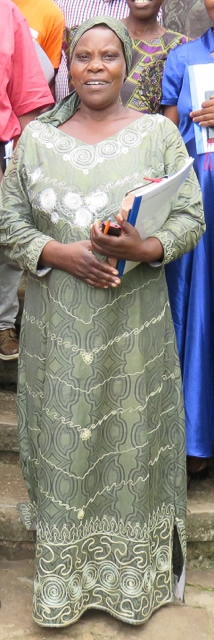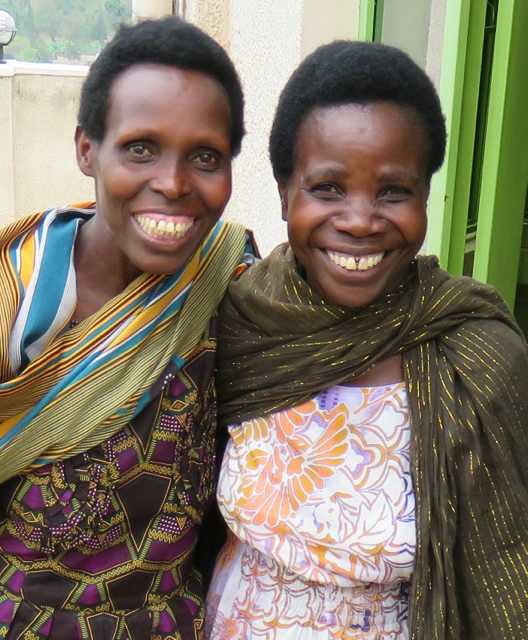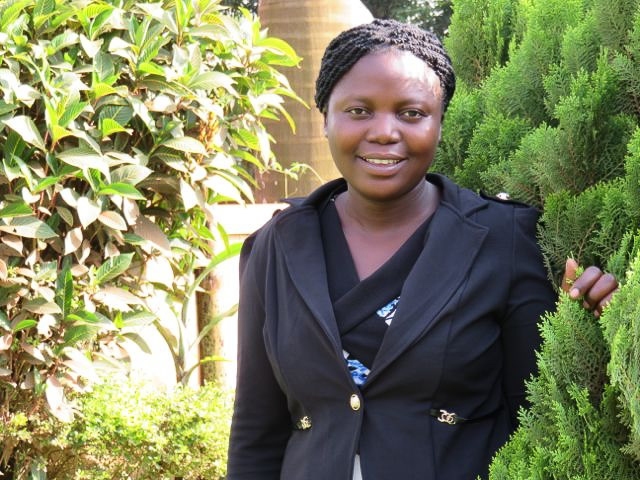 Brooks
Brooks
You may remember six months ago five nations (Kenya, Uganda, DRCongo, Burundi, Rwanda) were represented in Kampala to learn about storytelling. There were about 40 of us altogether. Mike Foster and Kenyan Joseph taught us the simplicity of using stories to share the gospel in oral cultures. So, we’ve been wondering if any of the participants found the information helpful and if they are able to use this tool, and if so, if they are finding it effective. Here are just a few stories from some of the women I asked:
Anna Maria (Burundi): “Yes! Yes, I am very happy about this. People love stories so much, especially those of us who are Africans. I have memorized very well the story about Zacchaeus. I tell this story and people listen and they are interested and they want me to tell them even more stories.”

Eugenie: “Yes, for me, I use this so much. Many, many of the people, especially women I talk to they cannot read and they are suffering so many things. It is very simple for me. I tell them the story of the widow in Luke 20:1. You may remember that story. Jesus was at the Temple and he saw some rich people putting money into the Temple moneybox. While he was still watching them, there was a very poor widow lady that came. Jesus saw her put in more money than the rich people. Jesus told the followers, ‘You can see the woman is living in so much poverty but still she gave everything she had.’ These women like this story so much because I tell them, ‘Everyone can start from somewhere; everyone has some small thing that they can give to help someone else or even help themselves to produce more.’ I use this story to do a Discovery Bible Study by asking them these questions:
- What is this story about?
- What did you learn?
- How are you going to obey this Scripture?
- Who are you going to share this story with?
“This way is helping me so much to make a disciple who can go and tell the same story to someone and do the same thing I have done.”

Irenie (Uganda): “I love that training so much. For me, I was trying so hard to teach those women how to read so they could have the Bible for themselves. But, this training has helped me so much with them. Now it is going much quicker and easier for me.
“For me, I can tell you how I am using it. First, I find someone or even a group of women. I ask them if I can tell them a story. For example, I love the story in Acts 3 about the time Peter and John went to the Temple. Do you remember the story? There was a man just there who had been crippled his whole life. He was always begging for money there. When Peter and John passed by, he even asked them for some money. But Peter said, ‘I don’t have any such thing as money, but I have something else.’ And he told the man to stand up and walk by the power of Jesus Christ. Peter lifted him up and the man jumped and started walking. He was even jumping and walking and praising God.
“So, first I tell them the story and then we talk about the story. I ask them some questions as we discuss. After that, I tell them we are going to put on a play about this story and I tell this one, ‘You are the crippled man’ and I tell that one, ‘you are Peter’ and the other one ‘you are Paul’ and ‘you people will be the crowd passing by going to the Temple.’ And, so they act the story out and many people from just around and children, they come to watch. After that we sing a song telling the story about what has just happened. The people, they are so happy for this. They are clapping and singing and jumping with the song.
“I use many stories from the Bible in this way, using storytelling, then acting, then singing. Another example, I can tell you. They love so much the story about small, small David and how he defeated Goliath. Ah, there are so many, and we have really loved this training. It will make our work go far.”


Add new comment